I personally believe that one of the advantages of doing well financially is to be able to “give back” to causes that are near and dear to your heart. However, when we feel passionate about a cause, the emotional pull can tempt us to financially overextend ourselves. With some forethought, though, you can utilize creative measures that allow you to be generous without breaking the bank.
Your Time
Before you pull out your checkbook, perhaps consider getting your hands a little dirty. Whether it’s cleaning trash from the beach, working at a food pantry or assembling packages for our troops stationed far and wide, nonprofit organizations are powered by people. Even the simplest volunteer work can make a significant impact on an organization in need.
Your Talent
Some of us have specialized talents and skills that can be of value to a charitable organization. If you have an accounting background, perhaps you can offer your services to a nonprofit close to your heart. If you run a landscaping company, you can choose to donate your services to your alma mater. Such specialized services can be of great value to an organization and not make much of a dent in your personal finances.
Your Treasure
Just as there are different types of non-profit or charitable organizations, there are also different ways to financially contribute to them. Many of us are familiar with direct contributions, donations that may qualify to be deducted from your income tax. You could also contribute via donor-advised funds, which allows you to make charitable contributions to specially designated funds at a specific charity, receive a tax benefit from the contribution and recommend grants to be funded by the charitable fund account. Another option is to donate appreciated stock or appreciated real estate, which provides a significant tax deduction. Some choose to leave a charitable donation after they pass via a trust These gifts in trust can be tricky, so it is advisable to meet with a professional to avoid any issues. Additionally, there are those who prefer to utilize charitable gift annuities, which allows an individual to receive a fixed income after donating money, securities or real estate.
There are as many worthy charitable organizations as there are stars in the sky. When your funds won’t allow you to do more, there are always other ways to “give”. Doing so thoughtfully and creatively can ensure that everyone benefits.
The opinions voiced in this material are for general information only and are not intended to provide specific advice or recommendations for any individual. This information is not intended to be a substitute for specific individualized tax advice. We suggest that you discuss your specific tax issues with a qualified tax advisor.

